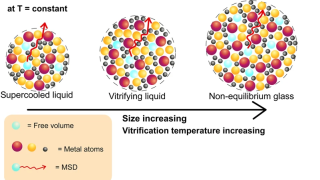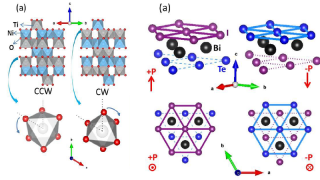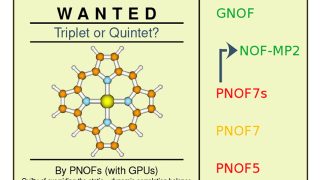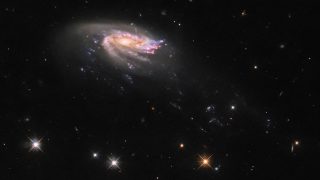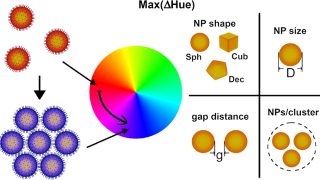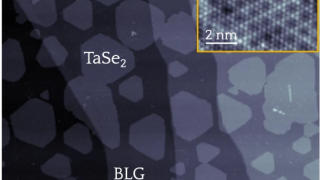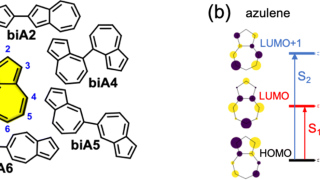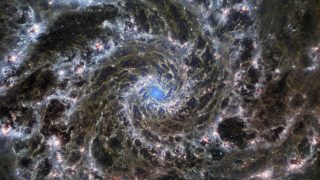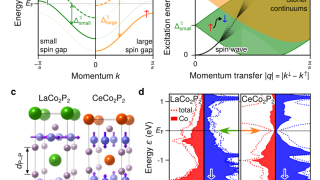
Milestone in the quest for THz magnonic devices working at room temperature
Magnons or spin waves are elementary quasiparticles, which represent a collective motion of magnetic moments in ordered systems. Spin waves can propagate in materials and therewith transport a spin current. This spin flow requires no electrical charge transport and therefore no electrical losses creating Joule heating. Spin waves enclose a wide frequency range, from gigahertz […]
